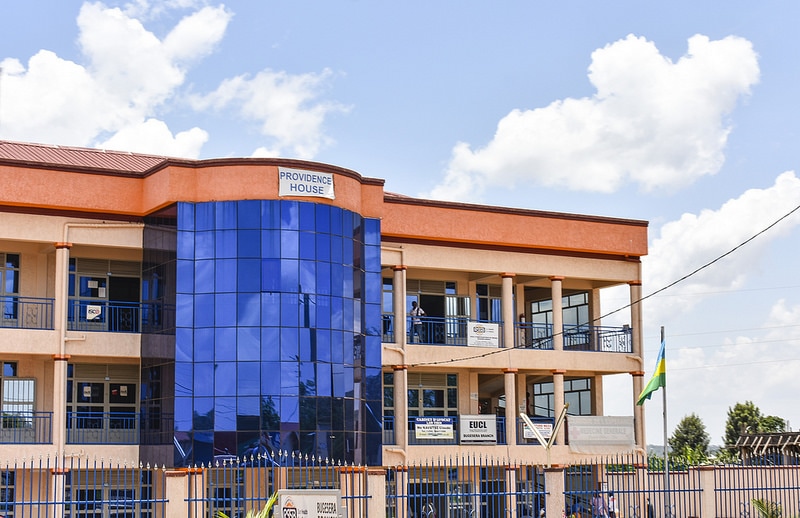THE EAST AFRICAN COMMUNITY AND ECOWAS ORIGIN, OBJECTIVES, STRUCTURE, CHALLENGES AND ACHIEVEMENTS
Founded on 6th June 1967, it comprised of Kenya Uganda and Tanzania.
Current members include: Burundi, Kenya, Rwanda, South Sudan, the United Republic of Tanzania, and the Republic of Uganda, with its headquarters in Arusha, Tanzania. Origin of the East African Community
Its origin can be traced back to 1902- the efforts of the British and German colonial governments’ to establish a unified administration over the East African territories. For example, the East African Court of Appeal was established in 1902, The East African Postal Union in 1911, East African Customs Union in 1917, East African Currency Board in 1920 And East African High Commission in 1948.
On 9th December 1961, the East African High Commission was replaced with the East African Common Services Organization with the headquarters in Nairobi. The treaty to establish the East African Community was signed on 6th June 1967. The organization came into force on 1st December 1967. Objectives of the East African Community
Challenges that faced the East African Community up to 1977
The Rebirth of the East African Community-2001;
|
Archives
April 2024
Categories
All
|

 RSS Feed
RSS Feed